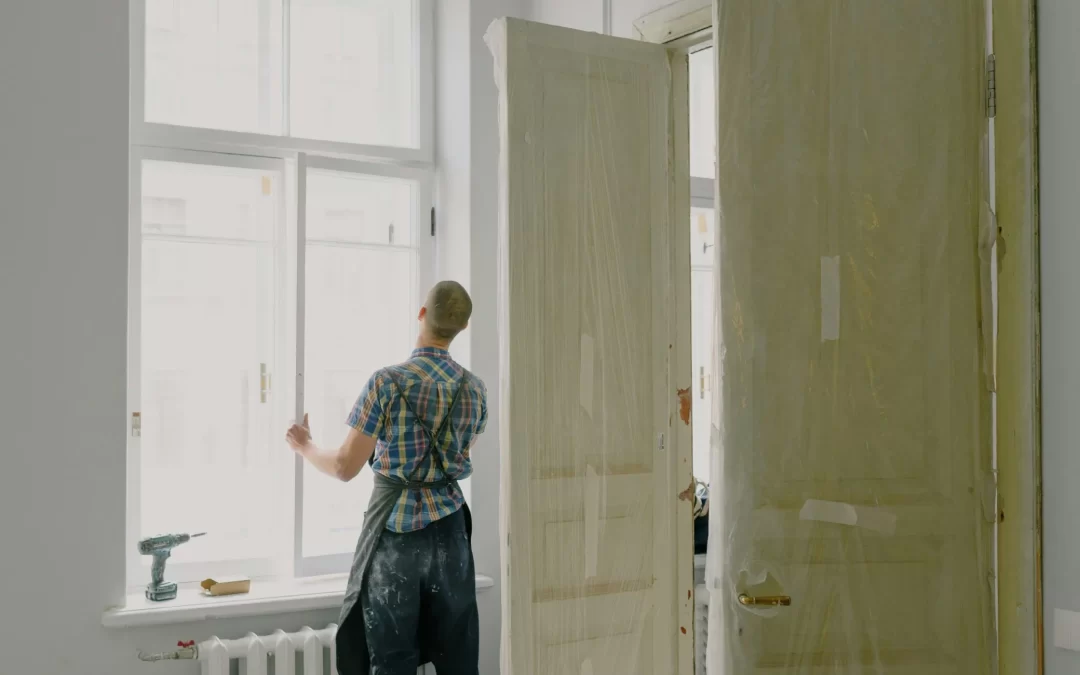The packaging on replacement windows attempts to simplify the buying choice for homeowners, and though the bold ratings and percentages can help you narrow your options to choose the most efficient windows on the market, you may want to take a deeper look.
Learning more about the factors that go into window energy ratings can help you choose the best windows for your home’s location, condition, and climate.
How Do I Choose Energy-Efficient Windows?
Even without knowing much about window energy ratings, the fastest way to choose new windows is by looking for their Energy Star label, as it will provide measurements for the metrics described below. Homeowners can make a faster determination by comparing these ratings on competing window brands.
Check the U-Value
Window energy efficiency ratings consider the effectiveness of the window’s insulation (that is, how effectively it stops the transfer of heat), and it is measured in the form of a window’s U-value. A lower U-value offers more protection.
A high-quality window installer might recommend gas-filled, double-paned windows for maximum winter heat retention.
Look at the Solar Heat Gain Coefficient
Just as heat loss in the winter is a bigger concern in colder climates, heat gain is a worry for homeowners in warmer regions. When looking at window energy performance ratings, the solar heat gain coefficient will tell you how much solar radiation passes through the glass. A lower value will keep your indoor temperatures lower, which will help offset your cooling costs in the summer.
Understand the Visual Transmittance
Window energy ratings can also tell you how your choice will affect the natural lighting in your home. Visual transmittance measures the rate at which sunlight passes through the window; a higher score will reduce the need for artificial lighting and help your home retain more heat.
What Is a Good Air Infiltration Rating for Windows?
While a leaky window leads to excessive energy waste, it’s important to know that every window has some degree of air infiltration. Wood windows, for instance, have a minimum air infiltration rating of .03 cubic feet per minute (CFM), and vinyl windows typically range between .01 and .03 CFM.
When looking for energy-efficient windows, ratings with the lowest infiltration ratings score are best.
Don’t Let the Improvement Rating Fool You
Finally, when shopping for replacement windows, you might see packaging that offers an improvement rating in the form of a percentage that claims to compare the window to the efficiency of a basic 3mm clear glass, aluminum-framed window. A window of higher quality is more likely to have a higher positive percentage. If the comparison window is the better option, you’ll see a negative improvement rating.
Trust Our Window Experts With Your Window Replacements
Partner with Complete Window Care to find out how our experienced team can make it easier to choose new windows. We’ll help you ensure your replacement windows offer the best protection and energy efficiency for your living spaces. Contact us today to get started!

